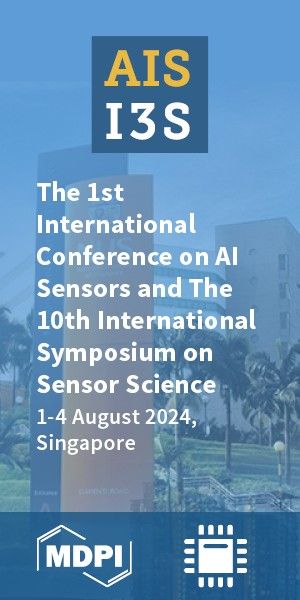Article
Version 1
Preserved in Portico This version is not peer-reviewed
Could Information Energy resolve Hubble Tension?
Version 1
: Received: 30 January 2021 / Approved: 1 February 2021 / Online: 1 February 2021 (15:03:27 CET)
Version 2 : Received: 6 February 2022 / Approved: 7 February 2022 / Online: 7 February 2022 (16:10:09 CET)
Version 2 : Received: 6 February 2022 / Approved: 7 February 2022 / Online: 7 February 2022 (16:10:09 CET)
How to cite: Gough, M. P. Could Information Energy resolve Hubble Tension?. Preprints 2021, 2021020052. https://doi.org/10.20944/preprints202102.0052.v1 Gough, M. P. Could Information Energy resolve Hubble Tension?. Preprints 2021, 2021020052. https://doi.org/10.20944/preprints202102.0052.v1
Abstract
Stellar heated gas and dust has a universe total entropy/information content of ~10^86 bits. At typical temperatures ~10^7 the equivalent N kB T ln(2) information energy ~10^70 J is comparable to the mc2 of the universe’s ~10^53 kg of baryons. At low red-shifts, z<1.35 this dark energy contribution provides a near constant energy density, with an equation of state parameter, w=-1.03±0.05, effectively emulating a cosmological constant to within 1.8% in Hubble parameter, H(a). Earlier, z>1.35, the information energy contribution was phantom, w=-1.82±0.08. This dark energy differs from the cosmological constant by △w0= -0.03±0.05 and △wa= -0.79±0.08, sufficient to account for the value of the ‘Hubble Tension’ between early and late universe H0 values. An information energy model will fit most observations as well as Ʌ, and also resolve Hubble tension and cosmological coincidence problems. Furthermore, information energy could also account for many effects previously attributed to dark matter.
Keywords
Dark Energy; LambdaCDM; Cosmological Constant; Hubble Tension
Subject
Physical Sciences, Particle and Field Physics
Copyright: This is an open access article distributed under the Creative Commons Attribution License which permits unrestricted use, distribution, and reproduction in any medium, provided the original work is properly cited.
Comments (0)
We encourage comments and feedback from a broad range of readers. See criteria for comments and our Diversity statement.
Leave a public commentSend a private comment to the author(s)
* All users must log in before leaving a comment






